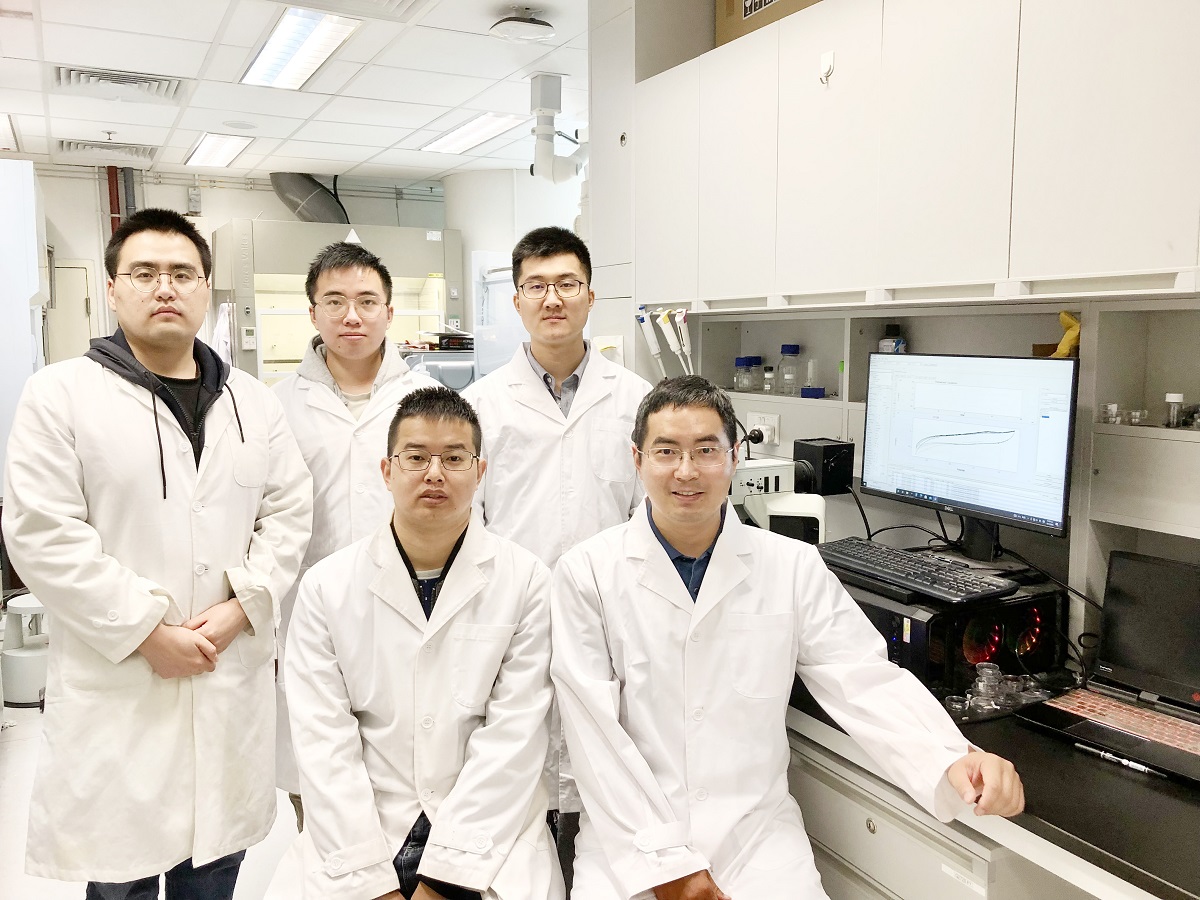CityUHK Scientists Develop Switchable WS? Nanosheets for Smarter Electronics and Sensors
Researchers from City University of Hong Kong (CityUHK) have achieved a breakthrough in nanomaterials by developing a precise, scalable method to produce phase-switchable WS? nanosheets, paving the way for next-generation electronics, sensors, and wearable technologies.
Led by Professor Zeng Zhiyuan from the Department of Materials Science and Engineering and the State Key Laboratory of Marine Pollution, the team discovered that by tuning the electric current during a process called electrochemical lithium intercalation, they could precisely control the phase of WS? nanosheets.
Using low current, they produced 2H-phase bilayers with semiconducting properties, while a high current induced a transition to the 1T′-phase, yielding monolayers with metallic characteristics. This level of control over phase-switching — a challenge that has long limited 2D material engineering — enables tailor-made materials for specific technological needs.
The findings, detailed in a recent Nature Synthesis paper titled “Phase-switchable Preparation of Solution-processable WS? Mono- or Bilayers”, represent a breakthrough in both precision and scalability.
"This work demonstrates a precise method to control the crystal phase of 2D WS? nanosheets during exfoliation, unlocking the potential for scalable production of solution-processable TMDs with tailored properties," Professor Zeng explained. "These findings pave the way for phase-engineered materials in applications like sensors and electronic devices, bridging a gap in phase-switching technology."
Achieving this innovation required careful control of current density and cutoff voltage, allowing the team to strike a delicate balance between surface film formation and lithium diffusion — crucial for selectively producing either 2H-phase bilayers or 1T′-phase monolayers.
This new method is already showing promise. The researchers demonstrated that phase-controlled WS? nanosheets could power high-speed humidity sensors with performance that depends on the chosen phase. Looking ahead, they plan to apply similar phase-switching techniques to other 2D materials, with potential applications in wearable electronics, optoelectronics, and touchless interfaces.



Professor Zeng Zhiyuan, Professor Yu Xinge from CityUHK, Professor Li Ju from Massachusetts Institute of Technology and Professor Gu Meng from Eastern Institute of Technology are the corresponding authors of the study. The first authors are Dr. Mei Liang, Dr. Gao Zhan, Mr. Yang Ruijie and Dr. Zhang Zhen, all from CityUHK.
For inquiries, please contact Professor Zeng Zhiyuan, the Department of Materials Science and Engineering at CityUHK, by email at zhiyzeng@cityu.edu.hk .